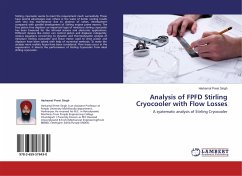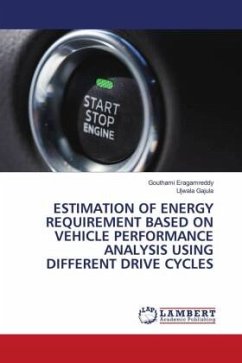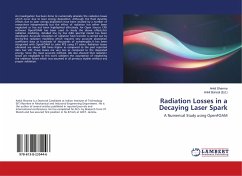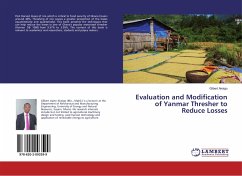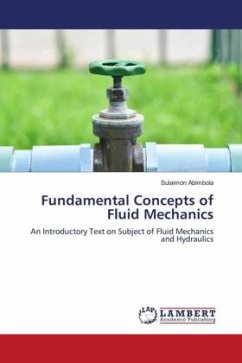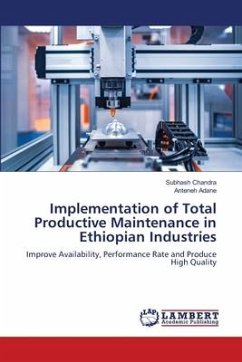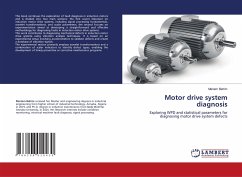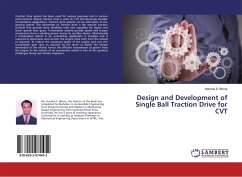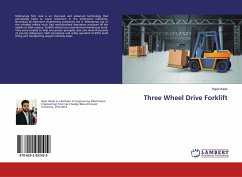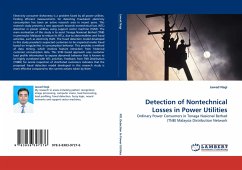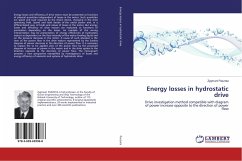
Energy losses in hydrostatic drive
Drive investigation method compatible with diagram of power increase opposite to the direction of power flow
Versandkostenfrei!
Versandfertig in 6-10 Tagen
69,99 €
inkl. MwSt.

PAYBACK Punkte
35 °P sammeln!
Energy losses and efficiency of drive motor must be presented as functions of physical quantities independent of losses in the motor. Such quantities are speed and load required by the driven device, changing in the drive operating field. Speed and load decide of the useful power and, in a differentiated way, of kinds and values of losses in the motor. But energy losses and efficiency of drive motors are evaluated as functions of parameters depending on the losses. An example of the wrong interpretation may be presentation of energy efficiencies of hydrostatic motors as dependent on the flow i...
Energy losses and efficiency of drive motor must be presented as functions of physical quantities independent of losses in the motor. Such quantities are speed and load required by the driven device, changing in the drive operating field. Speed and load decide of the useful power and, in a differentiated way, of kinds and values of losses in the motor. But energy losses and efficiency of drive motors are evaluated as functions of parameters depending on the losses. An example of the wrong interpretation may be presentation of energy efficiencies of hydrostatic motors as dependent on the flow intensity of the motor feeding liquid and on the pressure decrease in the motor. A cause of such situation is the view of the power flow in the drive motors represented by the Sankey diagram of power decrease in the direction of power flow. It is necessary to replace the so far applied view of the power flow by the proposed diagram of increase of power in the motor and in the drive system in the direction opposite to the direction of power flow. The monograph presents a new perspective exemplified by investigations of losses and energy efficiency of elements and systems of hydrostatic drive.



